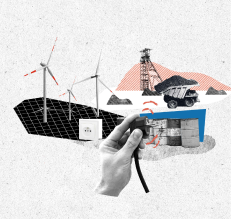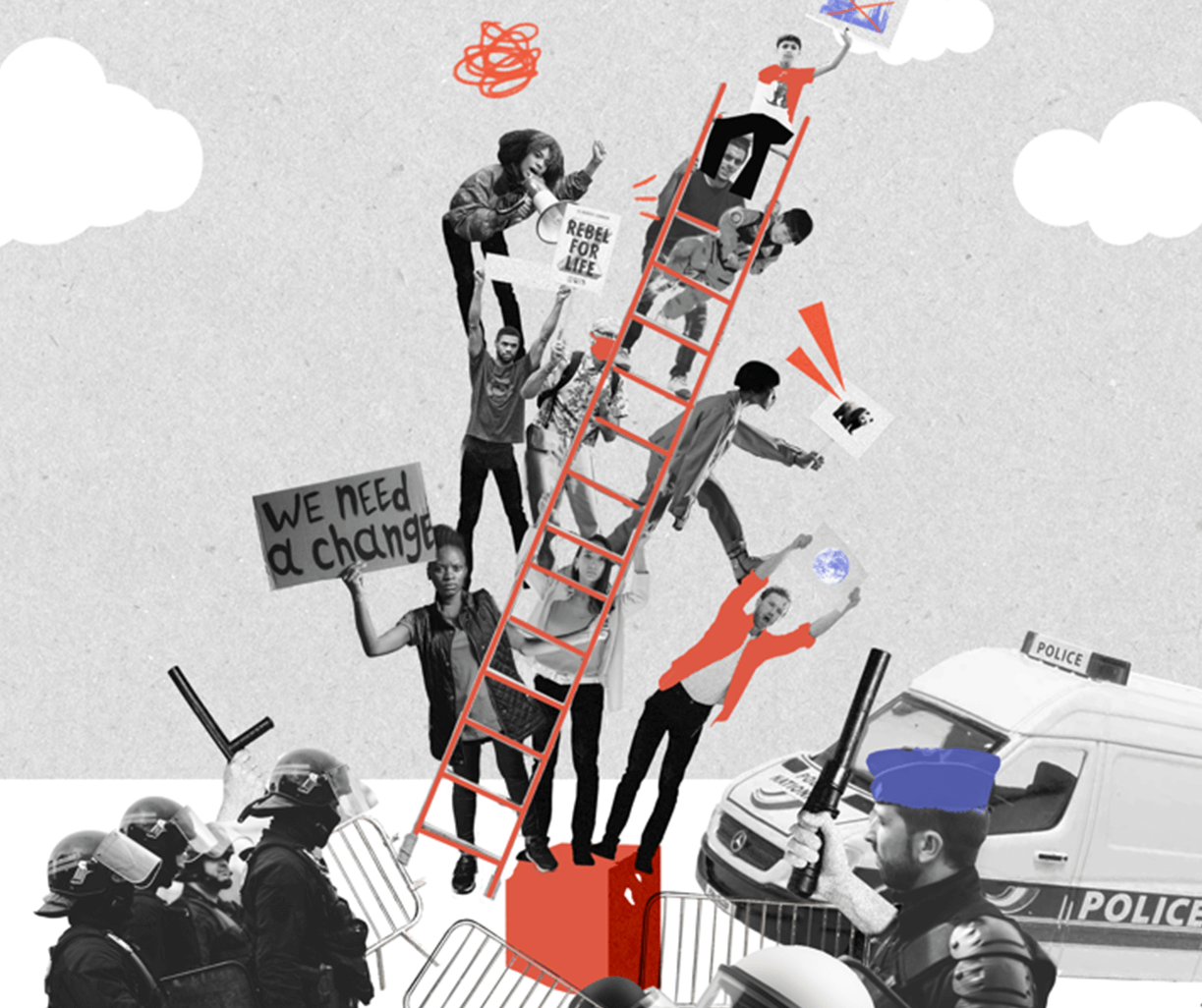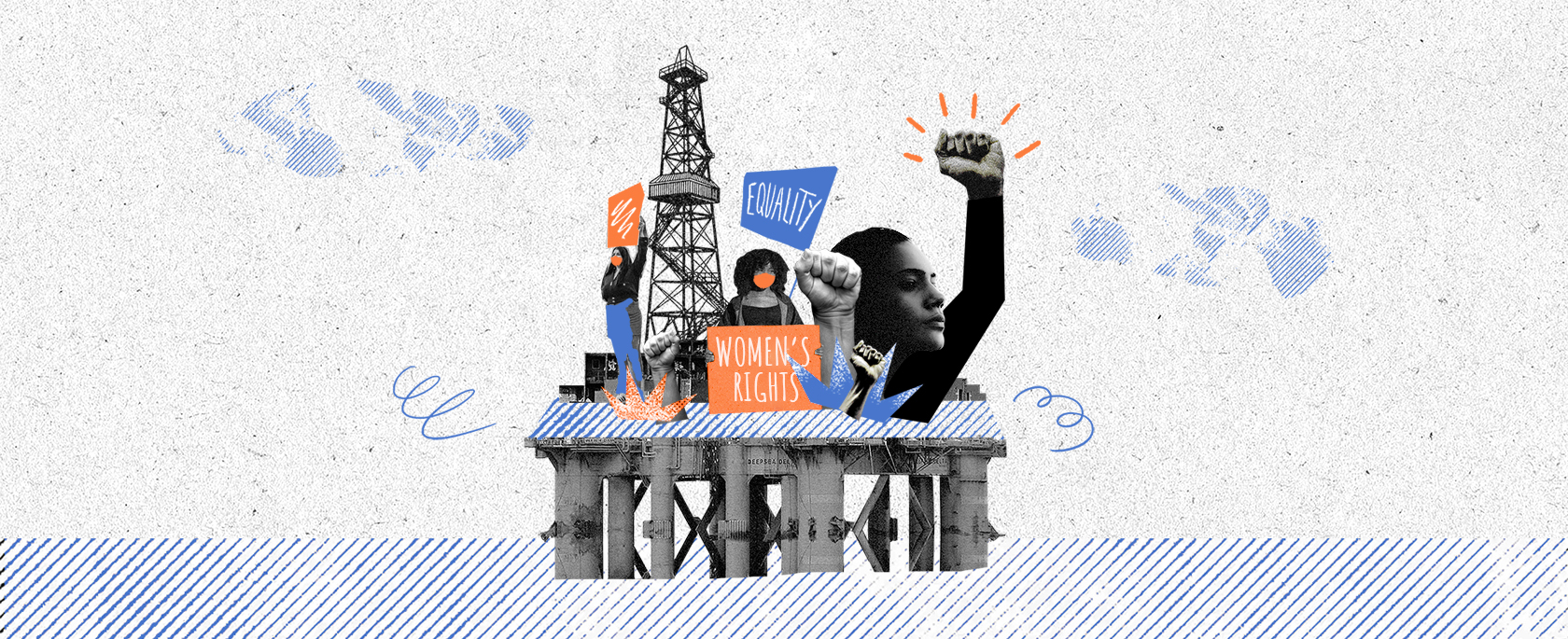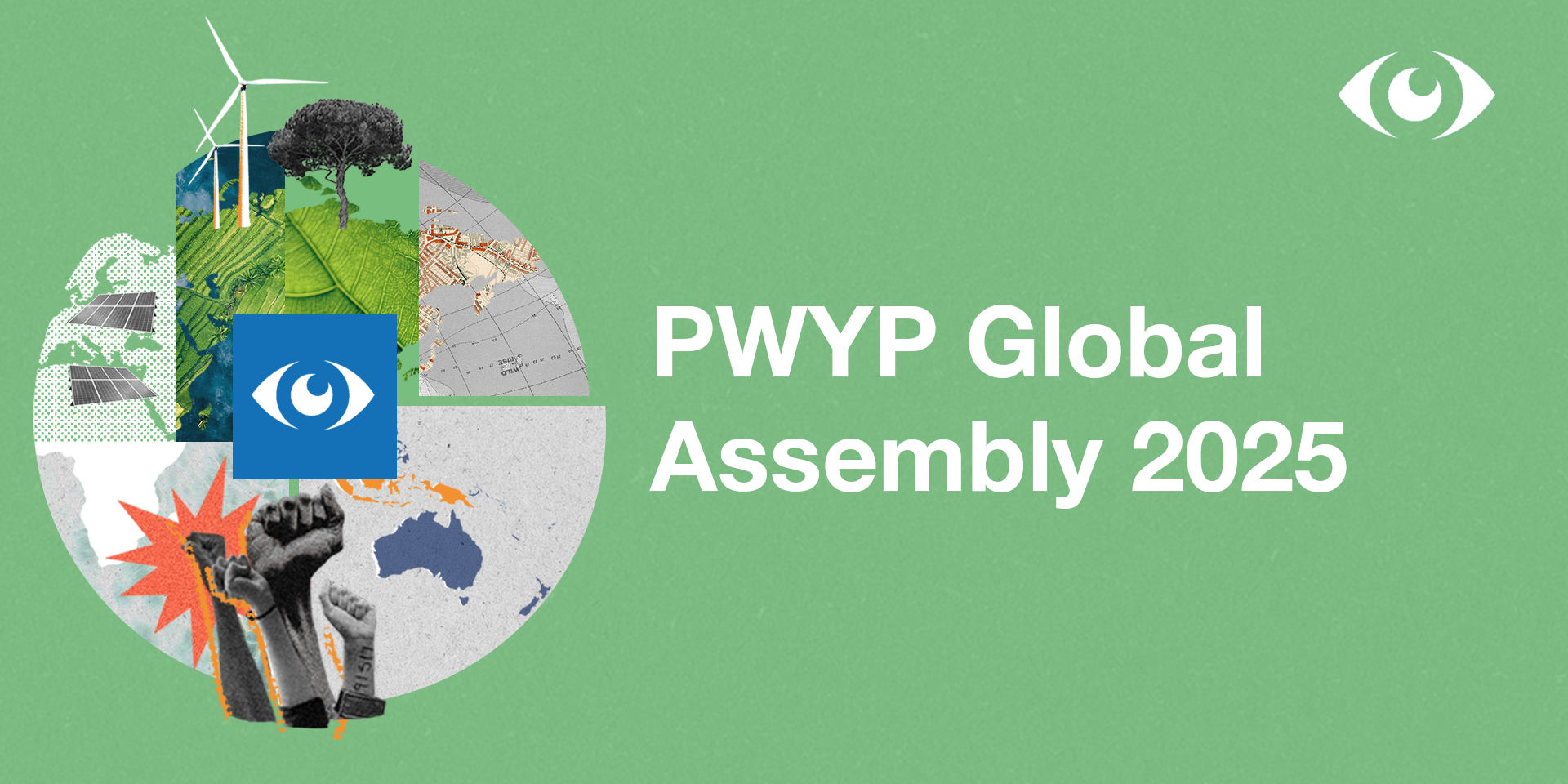“More than the sum of our parts”: rethinking coalitions as part of a stronger movement
Blogs and News
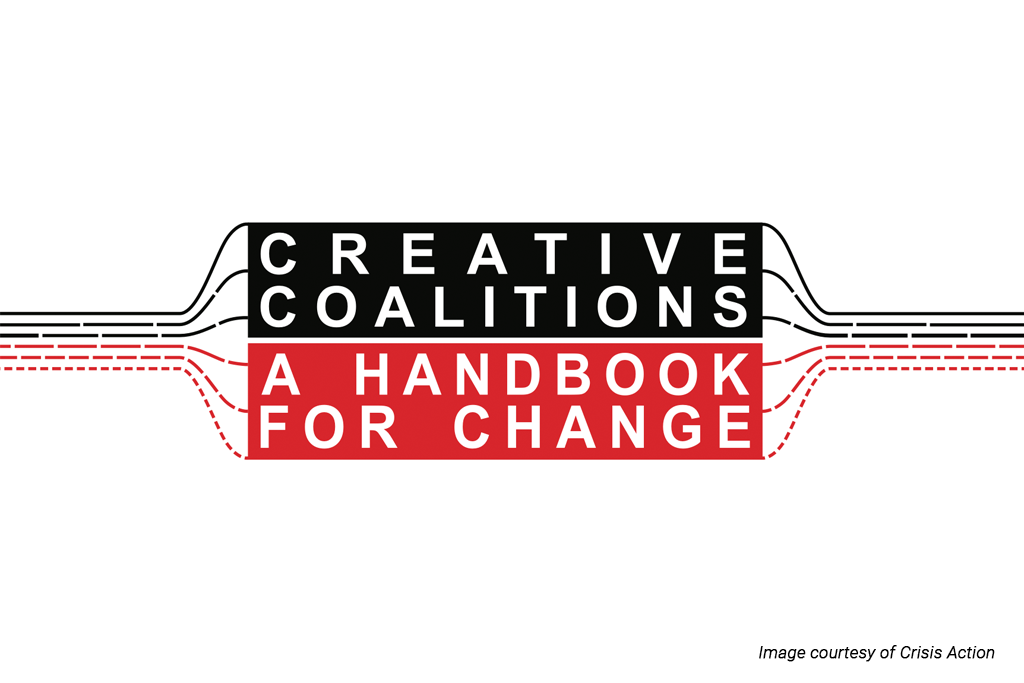
A blog by Nick Martlew
This blog is part of a series commissioned by PWYP’s strategy sub-committee (made up of members of PWYP’s Global Council, Africa Steering Committee and Board). The proposals and positions of each guest author are not endorsed by PWYP; rather they have been invited to share them in order to prompt our collective thinking as we envision our next global strategy.
War shouldn’t pay, they say. This proved to be the case for one South Sudanese war criminal when, five years ago, Kenyan banks froze his bank accounts to stop him profiteering from the blood letting in his home country.
Why is this relevant for Publish What You Pay (PWYP)? Because of how a coalition came together to effect that change.
In this blog, I will consider some questions PWYP is engaging with in its 2030 strategy process: what are the ingredients of effective movements? How can movements best exercise their power through collective campaigns? And what could this mean for PWYP?
The impact of collective action
The kind of impact that PWYP members seek is rarely – if ever – achieved by one organisation acting alone. Those Kenyan bank accounts were frozen because of a creative coalition: many organisations, many leaders, many complementary tactics, coming together from a wider movement to work towards a specific objective. An investigative documentary team; grassroots organisers; analysts; activists – from Kenya, Uganda, South Sudan, the UK, and the US; all coordinated behind the scenes by my team at Crisis Action.
Once the coalition had achieved its goal, it purposefully dissolved: the coalition was only ever a means to achieving a time-bound impact; it was not the end in itself. So once the impact is achieved, the coalition is no longer needed.
That is not the end of the story, though: as a result of having collaborated, and especially because we had achieved impact, the members of that coalition stayed connected, as part of a wider movement with a shared, long-term vision, ready and empowered to collaborate again in the future. That wider movement is like how PWYP is globally today, with coalitions emerging out of it around specific, impact-focused, time-bound objectives. For instance, 28 national coalitions came together recently for the #DiscloseTheDeal campaign to call for contract disclosure, or in 2018 coalitions from Eastern and Southern Africa launched the Show Us The Money campaign.
Impactful collaboration is like a muscle: each time a movement uses its power for impact, it becomes stronger. And if a movement does not drive action towards impact, then the muscle withers, and its power drifts away. With the opportunities and challenges of a just energy transition, that is not something PWYP can afford to let happen.
So now we need to consider two things: what makes for a powerful movement; and how can that movement exercise its muscles with impactful coalitions?
What a strong movement looks like
From my experience supporting collective action on humanitarian crises, tech policy, climate change, and more, I see four dimensions to powerful movements:1
- – Breadth: diversity in the approaches and representation of members of the movement. Take, for example, the movement trying to hold Big Pharma companies to account during the Covid-19 pandemic. The movement was made up of policy insiders, but not ‘outsider’ campaigners or people directly impacted by lack of vaccine access, who could shift the political dial. So in the end, as one member told me, ‘we won the debate with the policymakers, but we lost the politics.’
- – Depth: the capability (resources and ability) to undertake activities effectively. In the South Sudan example, the coalition included the skills needed for forensic finance, film-making, protest-organising – and the money needed to sustain their work.
- – Connection: communication and community that allows organisations to specialise and coordinate activities so they can add up to more than the sum of their parts. I worked on a campaign to force spirits company Pernod Ricard to stop selling to Russia after the full-scale invasion of Ukraine. The Ukraine solidarity movement was successful in this because the groups in France, Scotland, Ireland, and England were connected with each other, and so could take up the ideas, messaging, and materials that were having the greatest impact.
- – Legitimacy in leadership: a vibrant movement has many hubs of leadership, each with legitimacy, stemming in part from their willingness to listen to other members of the movement. I’m part of the coordinating team for the largest European movement for a better internet, People vs Big Tech. However, many members of the movement step forward to lead, bringing other organisations together on specific initiatives that serve the overall movement’s mission and that none of them could achieve alone.
How a strong movement can be an impactful one
If a movement like PWYP can be diverse, capable, connected, and with legitimate leaders, it has all the ingredients for impactful campaigning. But as I regularly discover in my kitchen, a good meal requires more than good ingredients. They need to be put together well.
Crisis Action has decades of experience at bringing together exceptional networks into impactful campaigns. Their innovative approach helped secure aid for hundreds of thousands of Syrians and avert potential genocide in Central African Republic, and formed the DNA for organisations campaigning on climate and Big Tech’s impact on democracy.
Some of their key lessons are2:
-
- – Opt-in, not opt-out: traditional coalitions often work on the basis that they move all together – which risks diluting ambition to the lowest common denominator – or they don’t move at all. Rather than trying to minimise the number of organisations opting out, we tried to build a sufficient mass of organisations who were positively opting-in to working towards a shared objective (and those who don’t opt in to the specific coalition can still remain part of the wider movement, ready for an opportunity to collaborate).
- – Bespoke coalitions: for the greatest impact, you don’t always need a massive coalition, and you definitely don’t want people doing things they’re not good at, when others can do it better. As with the South Sudan example, you start from the strategy, and build collectives of talents and voices from the movement who can best deliver on that strategy.
- – Strategic convenor: none of this happens by accident. A strategic convenor is needed, one that serves the cause, not the coalition. The convenor needs to be strategically savvy as well as have humility, because the convenor must both listen and lead.
- A culture that’s hungry for impact: how the movement inspires, what it rewards, and when members seek feedback and share learning – all of this can create a movement that’s not just organised for impact, but hungry for it.
PWYP’s next strategy, 2025-2030
What could all this mean for PWYP?
Here are some ways PWYP could apply the lessons from other successful movements and coalitions.
A movement, not ‘just’ a network: a genuine movement is not simply an aggregation of people working on the same issue; it should be greater than the sum of its parts. One key part of this could be a focus on cultivating leadership throughout the movement. There are so many leaders of national organisations and coalitions. A real sign of a movement that is greater than the sum of its parts would be more leaders feeling confident and capable to:
- – Propose and lead regional and international coalitions as part of the movement’s global strategy; and
- – Transition from national roles to global advocacy.
This would require programmatic support to build more movement leaders, adept at listening as well as strategic orchestration of international action.
Secretariat as strategic convenor: in addition to leadership from the movement, the secretariat has a particular role in listening and leading: it could be given the mandate to build opt-in coalitions. Already there is a degree of this in PWYP, with different national coalitions emphasising different elements of the global strategy. The Secretariat could take this further, testing strategic ideas with the movement, building opt-in coalitions that are tailored to those strategies, and giving them the coordination and support needed for impactful collective action.
Choices ahead
It’s perhaps an obvious statement: movements don’t stand still. As the context changes, as the membership evolves, as other movements emerge, PWYP must continue to adapt to remain more than the sum of its parts.
The input from all members – through surveys, your Global Council representatives, regional meetings, and more – will be critical to this strategy process. In doing so, we can apply the learning from other movements and coalitions, be deliberate about maximising the value of being a movement, and seize the opportunities for collective impact.
Biography
Nick Martlew has nearly two decades of experience in shaping and leading organisations and networks to enable impactful collective action, including in the humanitarian, human rights, tech, and climate sectors. With Emily Benson, he is supporting PWYP in developing their 2030 global strategy.
To know more about coalitions for change, please read this Crisis Action tool: Creative Coalitions – A Handbook for Change.
1 Here I have built on the three dimensions identified in a report by Runnymede and IPPR, two organisations working on racial and economic justice.
2 I captured more on Crisis Action’s innovative model and experience in the Creative Coalitions handbook
